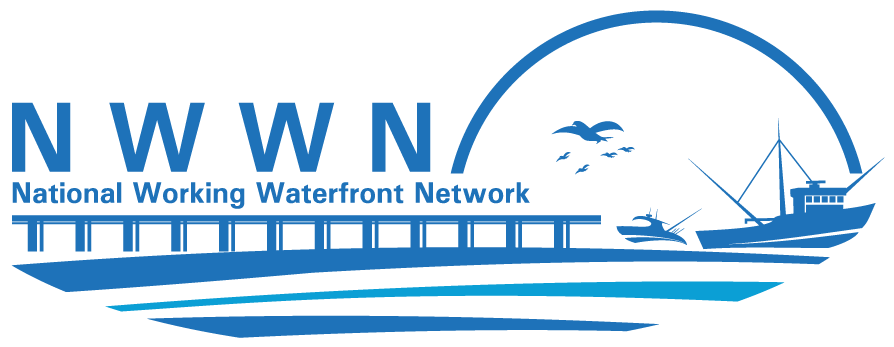Synopsis
Origins
The waterfronts of the United States were essential to the nation’s birth, fundamental to its character and growth, and continue to be important to its prosperity. The activities that depend on waterfront access – such as shipping, fishing, and transportation – have played a central role in our nation’s history, culture, development, and economy. For a detailed description of these changes, download the report History, Status, and Trends of Working Waterfronts.
Atlantic to Pacific
Waterfronts, large and small, provide a living record of the different phases of settlement in the United States. Ports and harbors on the Atlantic coast draw from their early roles as colonial supply depots to England and centers for fishing and whaling activity, while southern California ports have their early roots as supply depots for Spanish missionaries. New Orleans, also a colonial supply depot, was crucial to development along the Mississippi River and trade with the Caribbean and South America; and ports along the Great lakes were deeply tied to fur trade and westward expansion. San Francisco saw a tremendous increase in activity as the Gold Rush brought tens of thousands of people to the area in search of Gold; and ports and harbors in Washington in Oregon established their significance during the growing lumber trade of the late 1800s and early 1900s. See the case study about Gig Harbor’s Historic Working Waterfront.
Adaptations
Throughout history, waterfronts and waterfront activities have undergone changes related to such things as technological advances, new environmental regulations, shifting national priorities, changes in natural resource abundance, and fluctuating economic conditions. These changes have taken place both at the waterfront scale, and on a national scale, and demonstrate how waterfronts can evolve.
To Places
One example of changes to a local waterfront over time can be seen in Monterey, CA. In the early 1900s, Monterey emerged as a center for fishing and canning activities. Demand for canned fish spiked during World War I, slowed during the Great Depression, and thrived again during World War II. After World War II however, the local sardine fishery collapsed, bringing economic disaster to the area known as Cannery Row. In the 1960s, fires tore through much of the waterfront, destroying many of the old canneries. The area has been rebuilt since, and while fishing activity continues in Monterey, CA, the booming sardine fishery and canning industry of the early 1900s have been replaced by restaurants, shops, and other businesses which attract visitors year-round. See the case study about Trinidad, CA.
To Practices
On a larger scale, changes at working waterfronts can be seen in examining the impacts of containerization (i.e., the movement of goods via standardized metal containers). Containerization, which began in earnest in the late 1950s, created a revolution in terms of the way in which goods were transported, concentrating shipping activity into load centers. The smaller and mid-sized ports which were unable to handle the containers lost business and were forced to specialize in specific market niches, offer special handling techniques for specific commodities such as fresh produce and seafood, or find alternative uses for the waterfront.
Today’s Challenges
While the history of working waterfronts is important, today’s multi-modal transportation infrastructure and manufacturing capabilities make it fairly easy and economical for communities to receive necessary goods from non-local sources. As a result, most of the smaller and mid-sized ports and harbors have moved away from their historical water-dependent activities, and have been re-developed for residential, commercial, and recreational uses. The challenge for those coastal communities that still have active waterfronts is to retain as much of the functional assets and characteristics of their waterfronts as possible. To learn more about the challenges working waterfronts face today, click here.
Recommended Resources:

